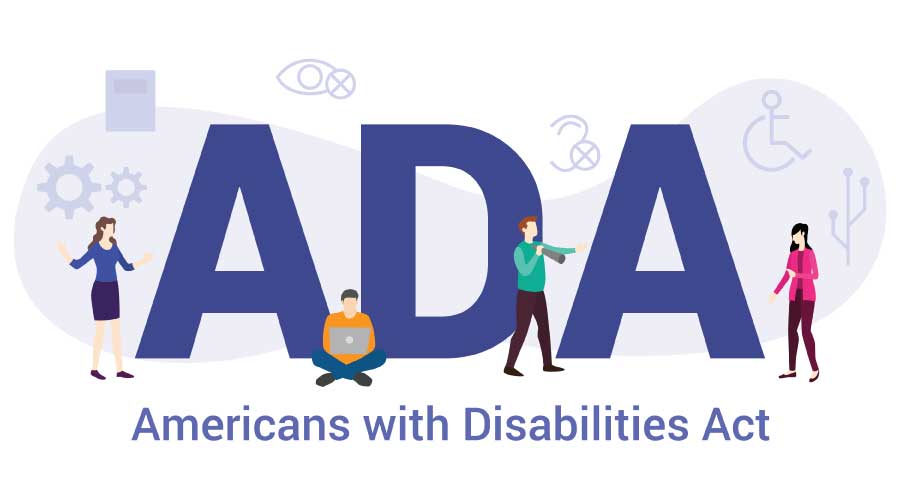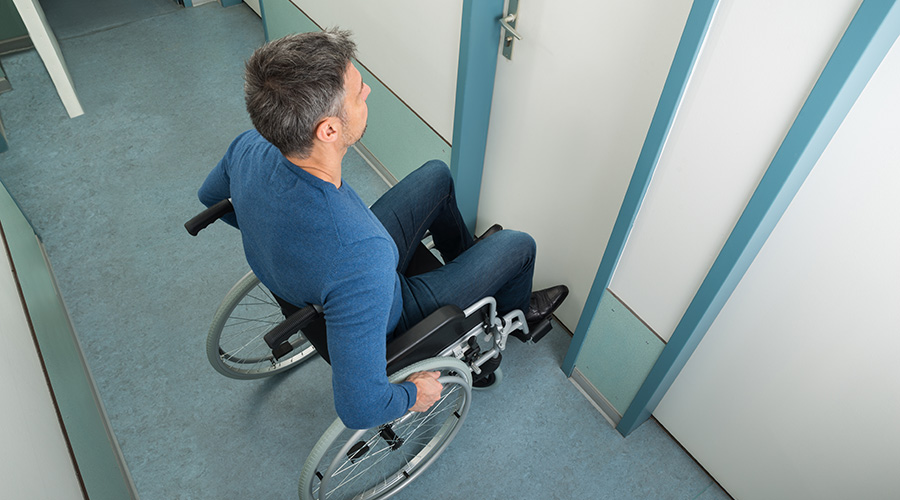ADA Compliance Should Include Input from People with Disabilities
While ADA improves conditions for people with disabilities, one expert says much more work needs to be done.
By Doug Carroll, Contributing Writer
It’s difficult to overstate the significance of the Americans with Disabilities Act (ADA), which went a step farther than simply prohibiting discrimination based on disability.
The act, passed by Congress and signed into law by President George H.W. Bush in 1990, also requires employers to provide reasonable accommodations to employees with disabilities — and imposes accessibility requirements.
“The ADA was a touchdown,” says Mark Raymond Jr., CEO of the New Orleans-based Split Second Foundation, an organization devoted to securing rights and research for the 20.6 million Americans living with some form of ambulatory disability.
However, Raymond says, “We haven’t won the game yet.”
Perhaps no one knows the score better than Raymond, who lost the ability to walk after being injured in a diving accident in 2016. The life-changing experience illuminated for him the disparities in access, setting him on a path of advocacy for millions of others impacted by disability.
Raymond sees that there is still work to be done when he requests a hotel’s ADA-compliant room only to discover that a roll-in shower wasn’t completed satisfactorily. He sees it in more subtle ways, too, when the upkeep of a ramp in the back of a building has been neglected, or when a subway elevator is out of service.
Regarding ADA compliance, he acknowledges that facility managers are doing what they can. But the effort, he said, ideally involves more than checking off boxes.
“The biggest issue is training and awareness,” Raymond says. “Your staff needs to have a base-level understanding about disability, a level of hospitality and human empathy.
“People view disability as something that can’t happen to them. Before my accident, I didn’t care about a curb cut. Now I look ahead to see where one is. I’m trying to lay a better path for us to look at disability from a human perspective.”
The changing post-pandemic workplace, with fewer workers required to be in offices, can provide an opportunity to renovate or reimagine ADA-compliant spaces.
Raymond said he would like to see more involvement in the planning of such spaces by people with disabilities. Does the lighting and color contrast of a room affect sensory disabilities? Are parking and drop-off zones free of barriers? Often it takes someone with a disability to provide the answer, and sometimes the human touch — say, staff assistance at a ramp or elevator — makes the difference in a fully functioning space.
Raymond said he also would like cities to require regular accessibility audits of buildings, ensuring that all ADA accommodations are working and effective.
He will keep advocating, and he is accustomed to getting results. Appointed to the New Orleans Regional Transit Authority Board of Commissioners, he helped introduce two ADA-compliant streetcars to the city’s historic St. Charles line. He also began Split Second Fitness, a community center with an array of services tailored to the needs of the disabled population. It has served more than 500 individuals and families in its 2½ years.
The main emphasis, he said, is that people with disabilities are seen and heard.
“People in the disabled community need something to look forward to,” Raymond says. “These (disabilities) are life-changing events for them. But they need solid examples that this can be a good life.”
Doug Carroll is a freelance writer based in Chandler, Arizona.
Related Topics:












